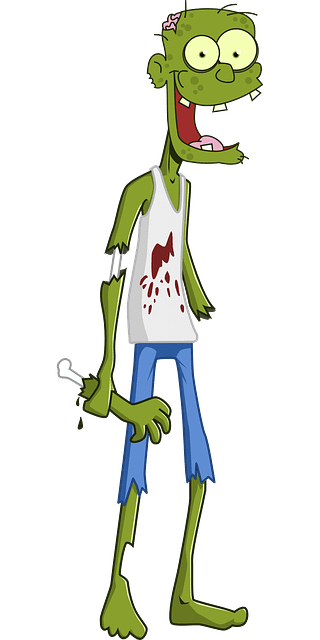 To get you in the mood for the Cheyenne ZombieFest, coming September 10th through 17th, this month’s fiction post is on zombie fiction.
To get you in the mood for the Cheyenne ZombieFest, coming September 10th through 17th, this month’s fiction post is on zombie fiction.
Zombies have always been synonymous with horror. What could be creepier than a corpse coming to life and pursuing the living, threatening to turn them into similar mindless creatures or devouring their brains for sustenance? It’s a viscerally repelling, terrifying concept. Normal enemies can be vanquished. But how do you kill someone/something who is already dead?
Perhaps that’s the question that drives our fascination with zombies. A fascination that has only grown since the first zombie movie “White Zombie” appeared in 1932. Today, in addition to zombie movies, we have TV series, video games and dozens of novels. The concept of the zombie in fiction has transcended its skin-crawling beginnings and now appears in nearly every genre. We have zombie literary novels, zombie romances, zombie social satire, zombie action/adventure, zombie spoofs and zombie dystopia.
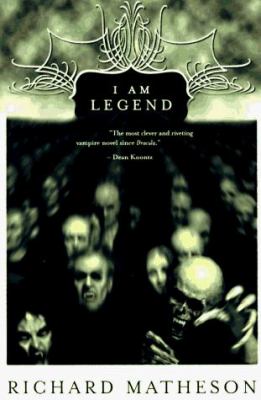 If you’re just getting interested in zombies, you might start off with a classic zombie tale like Robert Matheson’s I am Legend or H.P. Lovecraft’s short story Herbert West-Reanimator, which he wrote in 1921. (Available at LCLS in a collection entitled Wake up Screaming.) Other classic zombie books include Max Brook’s World War Z and The Zombie Survival Guide, and The Walking Dead series by Robert Kirkman.
If you’re just getting interested in zombies, you might start off with a classic zombie tale like Robert Matheson’s I am Legend or H.P. Lovecraft’s short story Herbert West-Reanimator, which he wrote in 1921. (Available at LCLS in a collection entitled Wake up Screaming.) Other classic zombie books include Max Brook’s World War Z and The Zombie Survival Guide, and The Walking Dead series by Robert Kirkman.
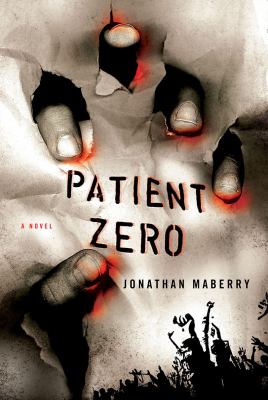 Intense action, battle scenes and violence are a draw for many zombie fans. Some titles geared to these devotees include Patient Zero by Jonathan Mayberry, Day by Day Armageddon by J.L. Bourne or the Black Tide Rising series by John Ringo.
Intense action, battle scenes and violence are a draw for many zombie fans. Some titles geared to these devotees include Patient Zero by Jonathan Mayberry, Day by Day Armageddon by J.L. Bourne or the Black Tide Rising series by John Ringo.
If you prefer books with more subtlety, or those that explore philosophical and social issues, you might enjoy Colson Whitehead’s literary take on zombies, Zone One. Or Mira Grant’s Newsflesh series with its focus on politics and the media during a zombie apocalypse. If you’d prefer to steer clear of too much gore, you might consider the 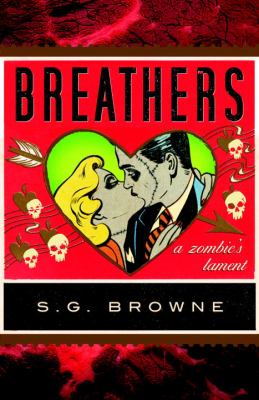 romantic comedy Breathers: A Zombie’s Lament by S.G. Browne, or Warm Bodies, a zombie romance by Isaac Marion. For a chick-lit take on zombies there’s Diana Rowland’s My Life As A Whitetrash Zombie. Also on the lighter side of the zombie spectrum are spoofs like Pride and Prejudice and Zombies by Seth Grahame-Smith, and The Loving Dead by Amelia Beamer, which Publisher’s Weekly described as a “sick, funny romp”.
romantic comedy Breathers: A Zombie’s Lament by S.G. Browne, or Warm Bodies, a zombie romance by Isaac Marion. For a chick-lit take on zombies there’s Diana Rowland’s My Life As A Whitetrash Zombie. Also on the lighter side of the zombie spectrum are spoofs like Pride and Prejudice and Zombies by Seth Grahame-Smith, and The Loving Dead by Amelia Beamer, which Publisher’s Weekly described as a “sick, funny romp”.
A lot of zombie fiction crosses over into another popular sub-genre: dystopian fiction. Dystopian fiction is about a future where basic social systems have run amuck, forcing the characters into horrifying dilemmas. Since nothing quite sends a society off the rails like walking corpses, zombies make frequent appearances in dystopia fiction. Some of the more popular variations on this theme include the Dust series by Joan Frances 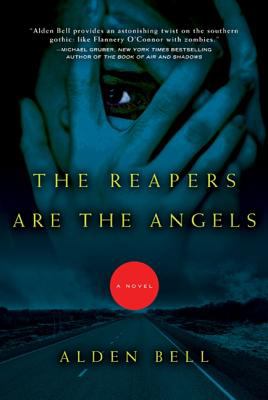 Turner, Autumn by David Moody, Coldbrook by Tim Lebbon, First Days by Rhiannon Frater and Reapers Are The Angels by Alden Bell.
Turner, Autumn by David Moody, Coldbrook by Tim Lebbon, First Days by Rhiannon Frater and Reapers Are The Angels by Alden Bell.
Many of these dystopia-zombie novels (also referred to as “post-apocalyptic fiction”) feature very young protagonists, so they overlap with another genre: YA (young adult) fiction. Some acclaimed zombie series shelved in the YA section (but that also appeal to adults) are The Forest of Hands and Teeth by Carrie Ryan, Rot & Ruin by Jonathan Maberry and the Razorland trilogy by Ann Aguirre.
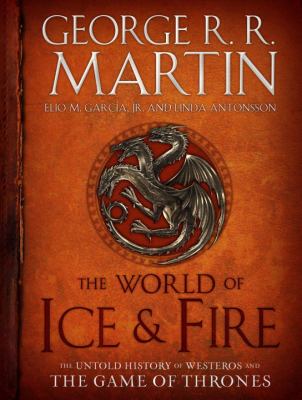 Finally, there are the books we don’t normally think about as being zombie fiction. Consider The Cell by Stephen King, where a cell phone turns people into bloodthirsty zombies. Or George R.R. Martin’s Song of Fire and Ice series (aka Game of Thrones). What are the White Walkers from beyond the Wall if not some kind of flash-frozen zombie?
Finally, there are the books we don’t normally think about as being zombie fiction. Consider The Cell by Stephen King, where a cell phone turns people into bloodthirsty zombies. Or George R.R. Martin’s Song of Fire and Ice series (aka Game of Thrones). What are the White Walkers from beyond the Wall if not some kind of flash-frozen zombie?
Ghastly and ghoulish, touchingly human or absurdly fun, there’s a zombie story appropriate for almost every taste.
